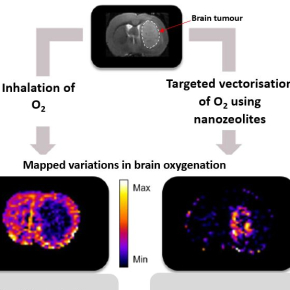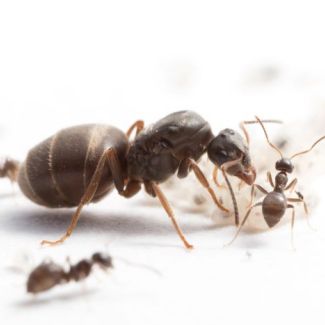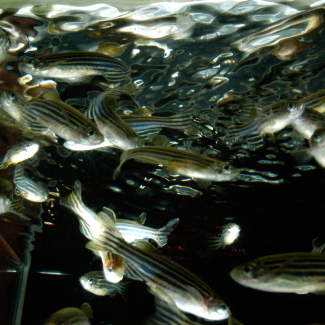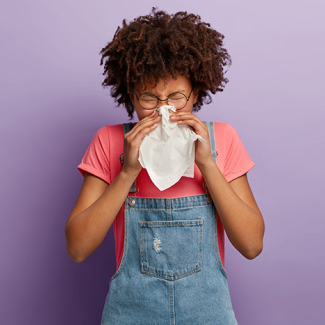
Nanocrystals to deliver oxygen to brain tumours
Glioblastoma, the most widespread and lethal primary brain tumour in adults, is notoriously difficult to treat due to the surrounding lack of oxygen essential to the effectiveness of current treatment. A team of CNRS and University of Caen Normandie1 researchers have successfully delivered the necessary oxygen to the tumour using zeolite nanocrystals. While inhaling oxygen supplies only healthy brain tissue, the nanoparticles are able to target the tumour itself, whose growth causes damage to the barrier separating the brain from the circulatory system. This allows nanocrystals delivered intravenously to reach the tumour. The researchers also demonstrated that nanozeolites are harmless both to other cells and animals. The oxygen-rich nanocrystals have been shown to be effective in increasing oxygenation of the glioblastoma. This proof of concept paves the way for future improvements to existing treatments. The study was recently published online in Biomaterials with a print version expected in October 2020.
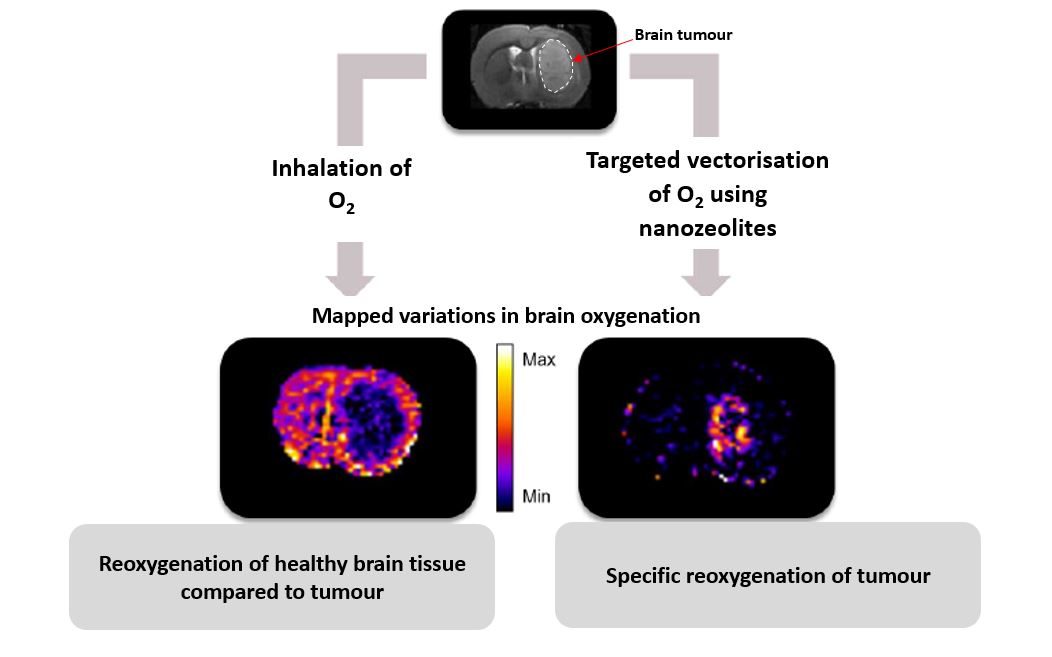
© Clément Anfray – Samuel Valable
- 1The scientists are part of the Imaging and Therapeutical Strategies in Cerebral and Tumoral Pathologies laboratory (ISTCT – CNRS/CEA/University of Caen Normandie), Cyceron imaging platform (CNRS/University of Caen Normandie) and the Catalysis and Spectrochemistry Laboratory (LCS – CNRS/Eniscaen/University of Caen Normandie).
Nanosized zeolites as a gas delivery platform in a glioblastoma model, Clément Anfray, Sarah Komaty, Aurélien Corroyer-Dulmont, Moussa Zaarour, Charly Helaine, Hayriye Ozcelik, Clélia Allioux, Jérôme Toutain, Kamila Goldyn, Edwige Petit, Karim Bordji, Myriam Bernaudin, Valentin Valtchev, Omar Touzani, Svetlana Mintova, Samuel Valable, Biomaterials, online 25 July 2020 (print edition in October 2020). DOI: 10.1016/j.biomaterials.2020.120249,
